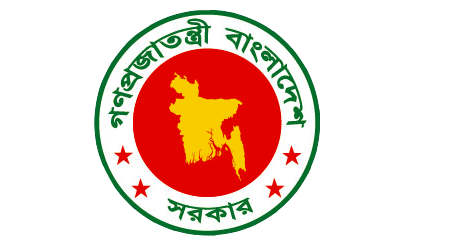The share of elderly population is growing in Bangladesh. In 2010, 6.8% of the population was aged over 60 years and Bangladesh will reach the 10% threshold – when countries are considered as ageing – in around 2026. By 2050, the over-60s age group will comprise a massive 23% of the population. Furthermore, the over-50s age group will comprise 32% of the electorate by 2030 and 46% by 2050.
It is evident that traditional systems of support for older people are breaking down. Furthermore, many of the elderly citizens are taking on additional responsibilities, such as caring for the children of migrants. It was noted in Chapter 2 that the presence of an elderly person in a household is a good predictor of poverty. Elderly women are at greater risk of poverty than men, with a poverty rate that is 15% higher. Furthermore, while many working families make every effort to support their elderly relatives, this means that they have to divert resources from their children. This is a particular challenge for poor families.
One means of judging a society is the quality of care that it provides to its elderly citizens. Bangladesh recognises in its Constitution the right of the elderly to social security and, for the nation of Bangladesh, it is imperative that all citizens have the guarantee of avoiding destitution during their final years. The Government would like to emphasize that the dignity of the elderly citizens is an absolute priority for the nation.
In recognition of this, an Old Age Allowance programme was introduced in 1998 that currently provides Tk.300 per month to poor women aged over-63 years and poor men aged over-65 years. There are around 2.5 million recipients of this scheme although around a third of the recipients are under the age of eligibility, which means many deserving elderly citizens miss out. The Government also provides allowances for former Freedom Fighters while many recipients of the Widows’ Allowance are elderly. In addition, the Government provides old age pensions to around 400,000 retired government servants.
Despite these existing schemes, it is evident that the majority of elderly people – when assessed against the age of eligibility of the Old Age Allowance – have no access to any form of income security, perhaps 70% of the total. Furt small a transfer to provide the level of income security that the elderly citizens require. Indeed, as Chapter 3 indicated, it is one of the lowest old age pensions in the world, when measured as percentage of GDP per capita.
It is, therefore, proposed to develop a comprehensive pension system that provides a state guaranteed minimum income for older citizens belonging to the poor and vulnerable group, while building a contributory pension system for th provide for themselves a higher level of pension income in old age. A contributory pension system will also build significant funds that can be used for investment in enterprises and to support national development.
A three-tiered pension system is proposed:
- Tier 1: a tax-financed benefit that provides older people that belong to the poor and vulnerable group with a minimum income guarantee.
- Tier 2: a mandatory contributory pension scheme for the formal sector workers.
- Tier 3: voluntary pension schemes schemes) – into which people can opt if they desire an additional income in old age.

Fig 1. Proposed Three-Tiered Pension System
The proposed pension model for the medium term is set out in Figure 4.2. It will provide universal coverage via the three types of pension. Recognising that the vast majority of older people are either poor or vulnerable to poverty – and many, as they become increasingly frail, are unable to work – the Government will establish a Foundation Tier, based on an expansion of the current Old Age Allowance. The second tier will be a new social insurance pension that will be overseen and regulated by the state. The Government will also promote the growth of private and employment-based pensions as the third voluntary tier. As Figure 4.2 indicates, the first two tiers will be linked through a form of pension-testing whereby the tax-financed pension is gradually withdrawn from those receiving the mandatory social insurance pension. The specific proposals for each tier of the pension system are set out below.


